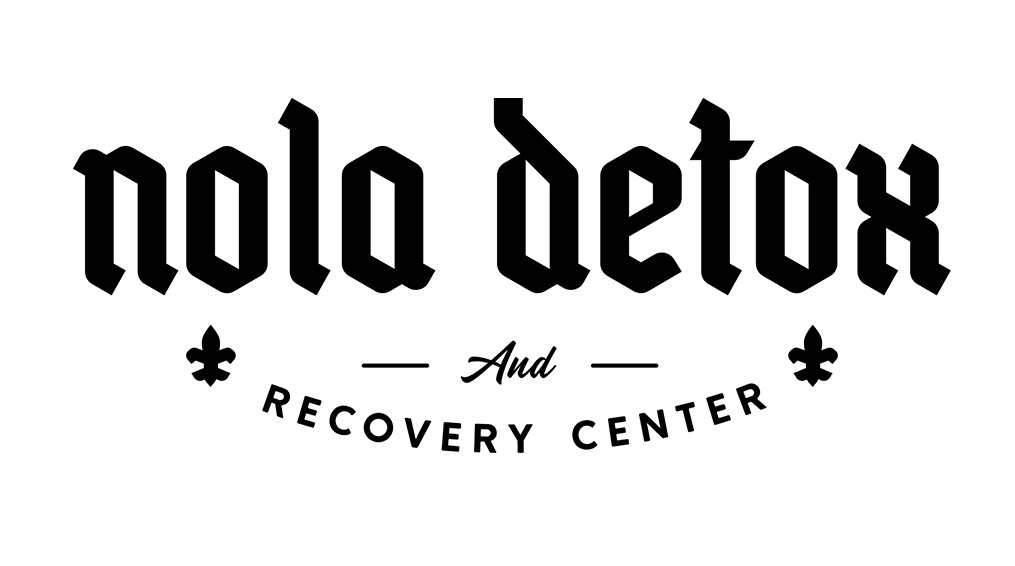Opioid Rehab in New Orleans
What Is an Opioid?
Doctors have long prescribed opioids to patients to treat pain. Morphine, discovered in 1805, was the first opioid regularly used to treat chronic pain. Codeine followed soon after, and opium-based drugs were commonly used to relieve pain until the late 1800s. The most common ways doctors prescribe opioids are in the form of pills or in a patch. Opioids are a Schedule II controlled substance, which means they have a high potential for abuse.
Why are opioids addictive?
Opioids interact with the same parts of your brain as other addictive drugs. They flood receptors in your brain, making you feel a sense of euphoria and relaxation, similar to what occurs when drinking alcohol or doing illicit drugs like heroin. However, opioids change how those parts of the brain function by reducing the production of natural chemicals that make you feel good—leaving many patients reliant on the drug.
Commonly misused prescription opioids:
Oxycodone (Oxycontin, Percocet)
Hydrocodone (Vicodin, Norco)
Codeine
Fentanyl (Duragesic patch)
Signs of Opioid Use Disorder
Opioid use disorder often begins when patients use opioids even after they are no longer in physical pain from a surgery or injury. If you continue to use opioids even when it’s clear they are causing problems in your life, you are likely addicted and should seek treatment.
How is opioid use disorder usually diagnosed?
You may be suffering from opioid use disorder if you meet at least two of the following criteria in a 12-month period:
You take opioids in larger amounts or over a more extended period of time than was prescribed
You’re unable to control how much you use
You spend a lot of time getting, using, or recovering from opioid effects
Craving or obsessing over opioids
Withdrawal symptoms
Opioid withdrawal symptoms include:
Nausea
Vomiting
Diarrhea
Increased heart rate
Sweating
Anxiety
What to do if you notice signs of substance use disorders?
If you notice that you or a loved one has become addicted to opioids, you should seek help from a medical professional.
Opioid Addiction Rehab
Rehab is an intensive program that usually lasts 28-30 days, depending on the type you choose.
Inpatient vs. outpatient treatment
Inpatient treatment is more intensive and requires you to live at the rehab center for the duration of your treatment. Outpatient treatment allows you to continue living at home while attending therapy sessions daily or a few times a week. Outpatient treatment may be a better option for those who have children or other responsibilities that they cannot leave behind.
Stages of Rehab
The stages of rehab are:

Stabilization:
During this time, you will begin detoxing, and doctors will decide on an appropriate treatment plan for you.

Preparation:
During this period, you’ll learn about addiction and how it affects your body.

Action:
This is the most intensive stage of rehab. You will participate in therapy sessions and learn how to live a sober life at the facility during this stage.

Vision:
This stage focuses on you transitioning back to your daily life. During this time, you will learn how to continue living a sober lifestyle outside of the treatment facility and practice the skills taught in action stage therapy sessions.
External Factors of Recovery
Social environments are critical to someone in recovery.
Spending time with family and friends can be beneficial to your recovery. You can also consider finding a support group with people who are experiencing similar challenges as yourself.
During recovery, you’ll need to maintain proper nutrition. This means eating a balanced diet and avoiding foods that can trigger cravings. It’s also important to exercise regularly because this can help reduce stress levels and improve your mood.
You can help someone in recovery by supporting them during good times and bad. Remember that they may slip up sometimes, but this doesn’t mean their recovery efforts are not working. If someone you love is going through recovery, it’s important to remember that opioid abuse disorder is an illness like any other and should be treated with love and patience.
After Opioid Rehab
There are a number of steps you can take to help maintain your sobriety after leaving a recovery center.
Aftercare
Aftercare programs are available for those who have completed rehab. These programs allow you to meet with a therapist regularly and help you adjust to your normal lifestyle without relapse. Aftercare plans usually last around 90 days, but they can be longer if necessary.
Group therapy
Group therapy can be highly beneficial for those in recovery. During these sessions, you will share your experiences and learn from others who have been in similar situations. Group therapy can help reduce feelings of isolation and provide support during difficult times.
Opioid Relapse Risk Factors
External factors include:
Social and work environments
Family and friends
Internal factors include:
Genetics
Medical conditions
Mental health problems such as anxiety disorders
Stages of a Relapse
Emotional relapse:
This is when you start to feel the urge to use opioids again. You may begin to feel hopeless, helpless, and overwhelmed.
Mental relapse:
This is when you start thinking about using opioids again. You may begin to rationalize your drug use or make excuses for why it’s okay to take opioids again.
Physical relapse:
This is when you start retaking opioids or begin thinking about where to find them. You may begin putting yourself in high-risk situations where you can use drugs easily, such as hanging out with people who are using.
Signs of a Relapse
It’s important to be aware of the signs and symptoms of a relapse. These can include:
Increased cravings
Feeling irritable or restless
Sleeping problems such as insomnia, restlessness, or nightmares
FAQs
How do you get someone into rehab?
In some cases, family members can convince a loved one that treatment is necessary. In other scenarios, courts may mandate addiction treatment for those charged with crimes related to substance abuse.
What to look for in a rehab center?
People seeking treatment should look for a rehab center that offers group counseling, individual therapy, and family sessions.
What medication would be prescribed to treat opioid addiction?
There are several different FDA-approved medications that can be prescribed to treat opioid addiction and prevent relapses, such as methadone, buprenorphine, and naltrexone.
How much does opioid treatment cost?
Ready to Start?
If you are someone you know is suffering from opioid use disorder, reach out to the experts at NOLA Detox and Recovery Center. Contact us at (504) 446-1111 or visit our campus to start your journey towards recovery today.
FEEL
BETTER
FASTER.
Louisiana’s Premier Addiction Treatment Program
Addiction is not your fault, but it is your responsibility. If you’re on our site, you’re likely facing a critical situation. We are here for you and committed to providing the care you need.
NOLA Detox offers same-day admissions and is available 24/7.
Admissions by appointment only.
